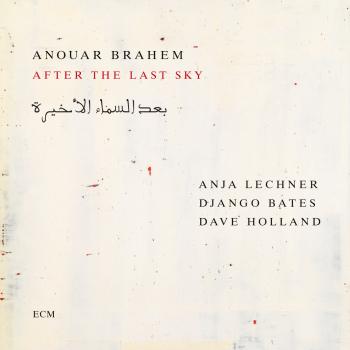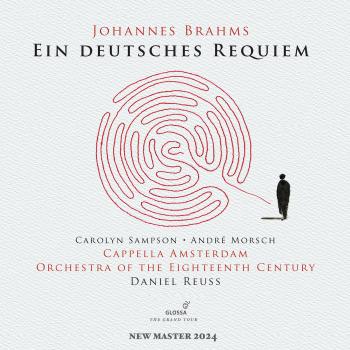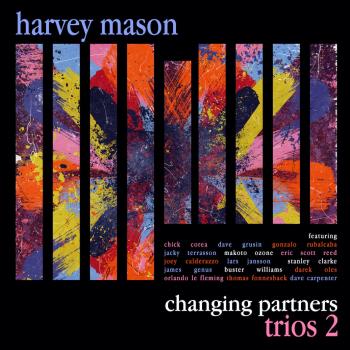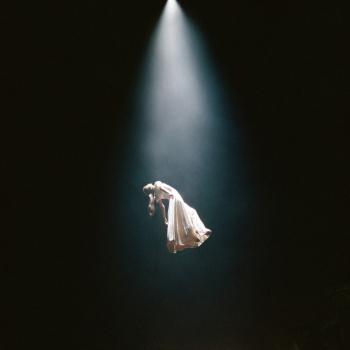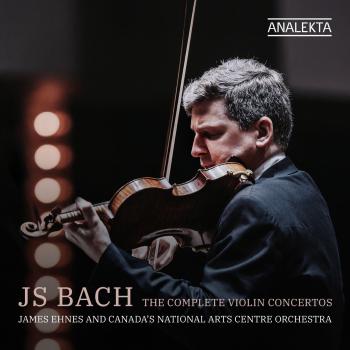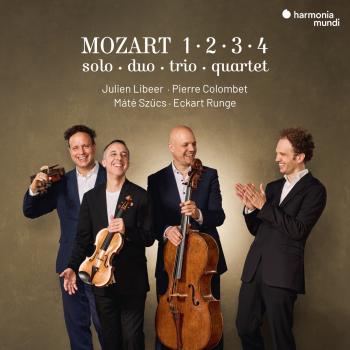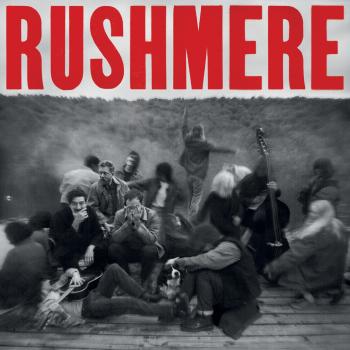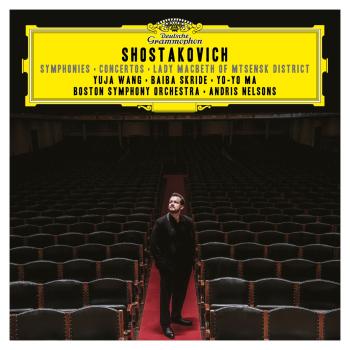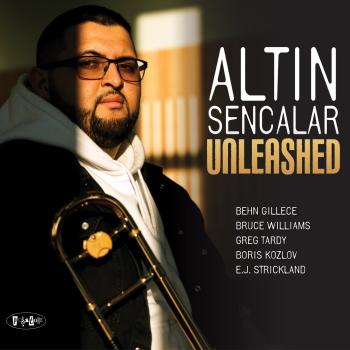
Throughout his life, Leonard Bernstein, who would have turned 100 on 25 August 2018, sought recognition as a composer of "classical music". It was not enough for him to be considered as the brilliant creator of the contemporary American musical, as the first USA-born world-class conductor, as a gifted pianist and music educator who could inspire not only children, but all ages of listeners massively for classical music. No, as a composer of "serious" music he wanted to go down in the annals of music. Tragically, he, the composer of three symphonies, did not really succeed in this until today. And this even so his career as a composer began promisingly with the premiere of his first completed in 1942, the Jeremiah Symphony as a second bang, shortly after the first bang when he in 1944 in short term and sensational successfully jumped in for Bruno Walter at a US-wide concert broadcast by the New York Philharmonic Orchestra. Afterwards, the events rolled over with one Broadway success after the other of his dance pieces and musicals, the acquisition of the New York Philharmonic as chief conductor and later a time dangerous dense, even hectic world career as a guest conductor, which took him until the end of life. Bernstein did not have much time for composing, let alone classical music. Already the second symphony, first performed in 1949, fell into hectic preparations for Broadway productions. The third symphony, written between 1961 and 1963, did not fare much better. The occasional break from conducting did not really change this situation, especially since it always turned out to be necessary to create so-called lighter music in addition to classical music. Tragic for a genius like Leonard Bernstein, who for a lifetime saw himself primarily as a "serious", a classical composer.
In the first, the Jeremiah symphony echoes of the synagogue music are processed with which Bernstein grew up as the son of an orthodox father, who incidentally was not enthusiastic about the musical plans of his son, which he only accepted with teeth gritted after his son’s sensational success with the New York Philharmonic, whereupon Leonard, in gratitude, dedicated the Jeremiah symphony to him. In the context of the synagogue tradition mirrored in the first symphony, it may be considered revolutionary that the quotations from Jeremiah are sung by a woman, a mezzo-soprano - a no-go in the framework of strict Jewish tradition. The Age of Anxiety titled second symphony inspired by a poem of W.H. Auden "plays" in the post-war era in the atmosphere of a New York bar, where four lonely people meet and later in the apartment of the girl quite drunk together despair of the world situation. A piano plays a leading role in the symphony, the last part of which passes by as a feverish bebop-jazz dream, before building a bridge to Bernstein's faith-steeped roots in the epilogue: "What remains is faith." This is also the case in the third, the Kaddish Symphony, in which a speaker grapples with the faith in a highly dramatic way. A striking compositional stylistic device is the twelve-tone music used in large parts of this symphony, which is used as an expression of fear and ultimately replaced by tonal music as a sign that the fear is conquerable. All in all, the three amber symphonies cannot be more different. However, they are not (all the way) the light fare you would expect from a "musical composer". On the other hand, they are not as progressive or even neo-sounding as from some competitors in the second half of the twentieth century. In short, with his three symphonies, Bernstein sits between all the chairs, which does not make it any easier for the audience to get it.
Of all three symphonies there exist various recordings, including with Bernstein himself and some of his students. In this illustrious environment, the new recording with the Roman Orchestra dell'Accademia Nazionale di Santa Cecilia under its longtime chief conductor Antonio Pappano sovereign with self-contained approach, namely by extremely passionate, wild and detail-loving, shortly, vital music making, also applying for the soloist and the choir. With their Bernstein symphony interpretation, these musicians create a pull that inevitably draws the listener into the action and enormously facilitates the understanding of these symphonies on an emotional basis.
A short but full hammering of light-wave Bernstein can be collected at the end of this download in the form of the Benny Goodman-inspired short pieces Prelude, Fugue and Riffs for jazz combo. Stunning.
Nadine Serra, soprano
Marie-Nicole Lemieux, mezzo-soprano
Beatrice Rana, piano
Dame Josephine Barstow, narrator
Alessandro Carbonare, clarinet
Orchestra dell’Accademia Nazionale Di Santa Cecilia
Sir Antonio Pappano, conductor

